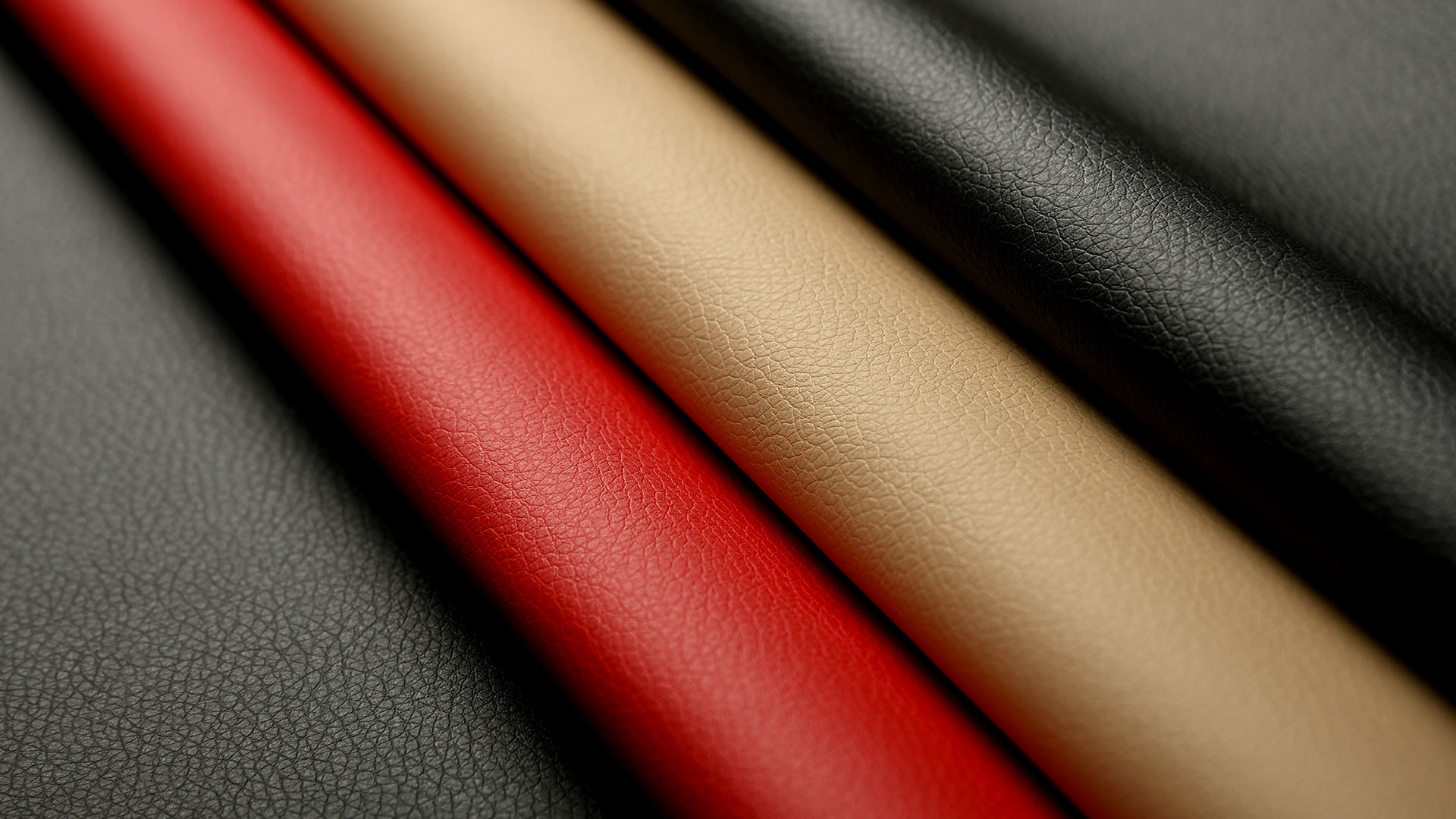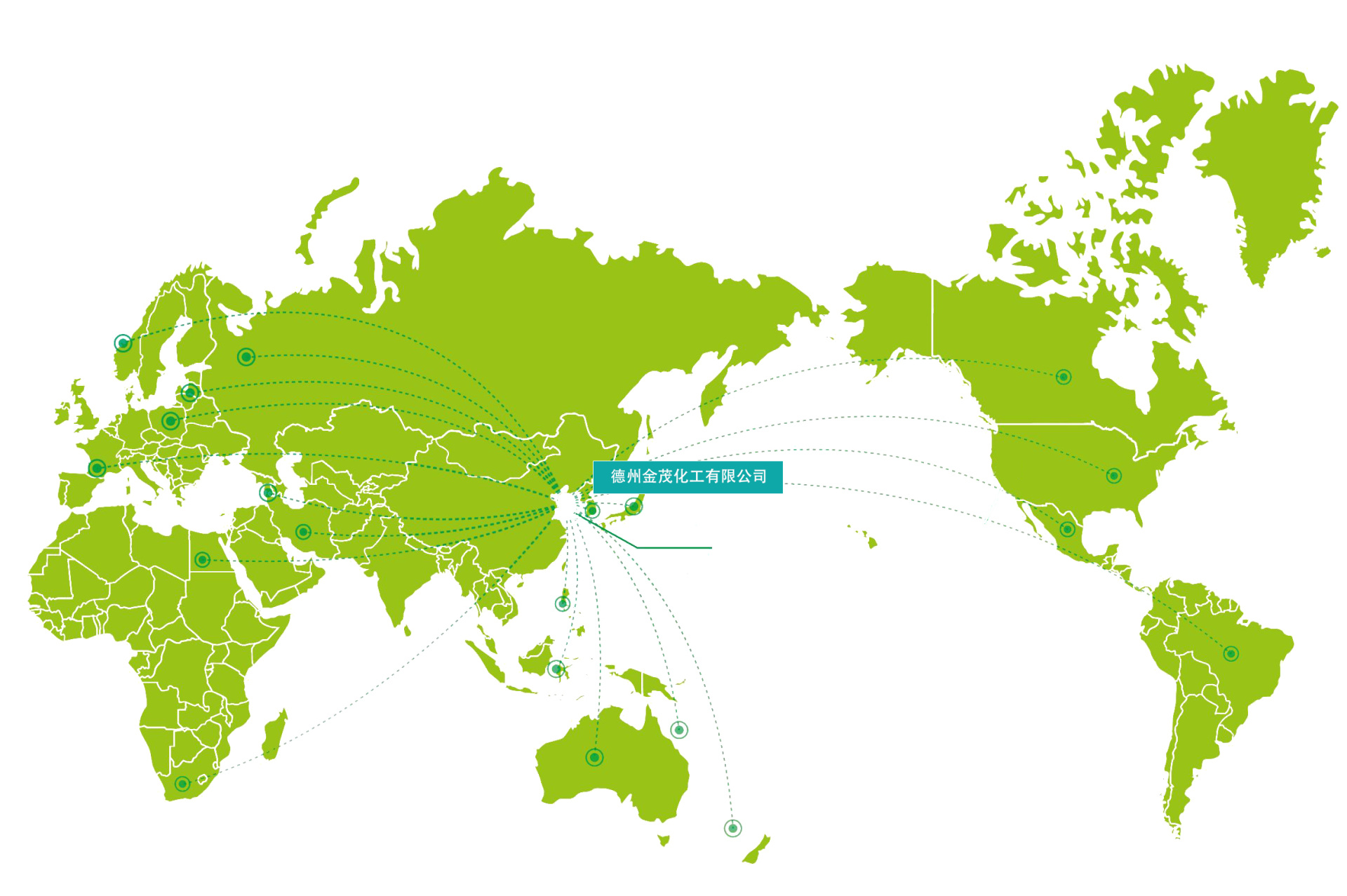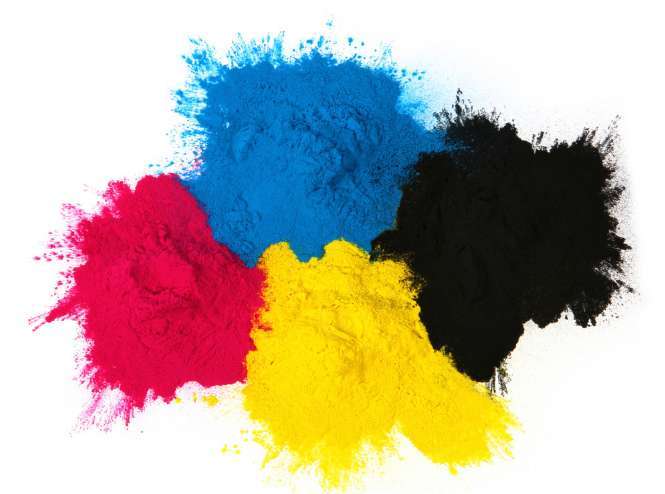How to use disinfectant products produced by manufacturers in a reasonable way.
With the sudden outbreak of2003severe acute respiratory syndrome(SARS)disinfectants quietly entered the homes of ordinary people and became increasingly popular. In addition to professional disinfectants, products produced by disinfectant manufacturers have also entered every detail of life such as hand washing, bathing, and laundry. This year's outbreak of pneumonia due to COVID-19 has made disinfectant products one of the essential items in people's lives.

As for why people buy disinfectant products produced by manufacturers, many may not understand. They have a herd mentality of "everyone uses me"; on the other hand, they believe that "clean is always good," but they do not realize that some manufacturers are just using this as a gimmick to make a lot of money, even having vague concepts and confusing the audience, thus deceiving consumers. The "genuine" disinfectants produced by disinfectant manufacturers often have names and approvals. From a professional perspective, is it better to use more? There are indeed many bacteria on human skin and clothing, but many are not pathogenic. While disinfectants kill pathogenic bacteria, they also destroy beneficial probiotics that are non-pathogenic to the human body. Usually, these pathogens and probiotics interact to form a balance in the bacterial micro-ecology. In our daily lives, our own regulatory ability and the balance between bacteria allow us to coexist peacefully with bacteria. When a more serious infection occurs, it is necessary to seek professional medical advice for sterilization and disinfection guidance; in daily life, so many disinfectants are not needed. Moreover, the misuse of disinfectants, like the misuse of antibiotics, is generally not beneficial to the health environment around humans. Many experts are even concerned that our careless large-scale use of disinfectants may damage the environment and potentially lead to changes in the overall living environment for humanity.
Disinfection refers to the killing or elimination of pathogenic microorganisms in the environment through chemical, physical, and biological methods. Therefore, from the perspective of the difference between disinfectant products produced by manufacturers and drugs, disinfectant products can be understood as: in terms of their purpose, they are products for disease prevention, not for treating or diagnosing diseases; in terms of their mechanism of action, they are products that eliminate pathogenic microorganisms through chemical, physical, and biological methods, rather than products that prevent diseases through pharmacological or immunological methods; in terms of their target, they are products aimed at pathogenic microorganisms in the environment, not at human diseases. Of course, disinfectants are not without merit; recommended places for using disinfectants include: when traveling, some public bathtubs and sinks can use disinfectants to prevent cross-infection; disinfectants can be used after visiting patients or after contact with many germs; certain disinfectants have been proven to kill some viruses and can be used selectively under certain circumstances.
Latest developments







